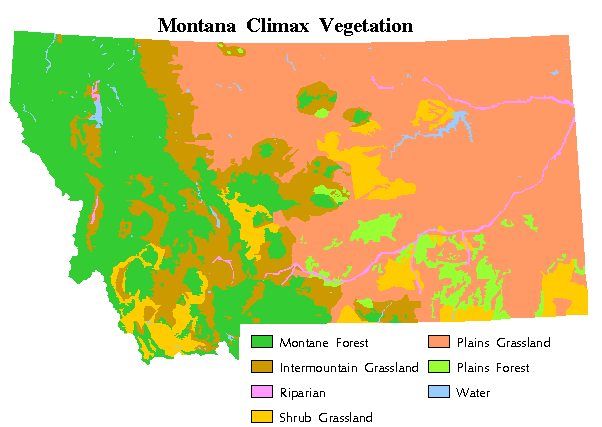Climax vegetation
Climax vegetation is the vegetation which establishes itself on a given site for given climatic conditions in the absence of major disturbance after a long time (it is the asymptotic or quasi-equilibrium state of the local ecosystem).
Tropical evergreen forest is an example of climax vegetation, as are temperate forests, tundras, savannahs, grassland etc. These major vegetation types are broadly governed by the latitude of the region in which they occur. Within these regions variants exist, dependent upon altitude, geographical location and environment, local prevailing micro-climate and soil or rock type. Thus, in temperate regions, beech forests tend to populate chalky soils and oak forests tend to prefer clays and mountain, heath, cliff, estuarine or coastal areas will have their own variations.
An ecosystem which has reached its climax is more resilient to perturbations (climatic or anthropic) than an artificial plantation.[citation needed]
This picture indicates Montana's climax vegetation at the time of 9/8/2010.[1]

References
- ↑ , official government site.
See also
- Climax species
- Biome
- Ecocline